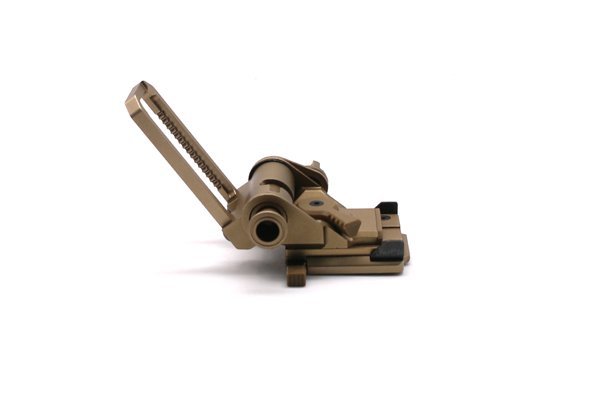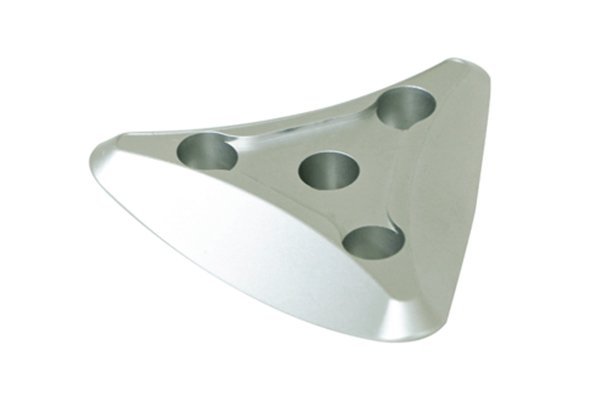Did you know that brass has been used in various applications for over 4,000 years? This metal alloy, primarily composed of copper and zinc, boasts properties that make it essential in many industrial applications, including machining. One fascinating fact is that the specific composition of brass can significantly influence its resistance to wear and oxidation, particularly in the milling, turning, and other CNC machining processes. This begs the question: how does the melting point of brass impact its performance in these processes, especially concerning wear and oxidation resistance?
In this blog, we will dive deep into the relationship between the melting point of brass, its wear resistance, and its oxidation resistance during CNC machining. We will explore the metallurgical composition of brass, the significance of melting temperature, and practical implications in machining environments. Our aim is to provide a comprehensive understanding of how these factors influence machining quality and longevity.
The Metallurgy of Brass
Brass is an alloy primarily made of copper (Cu) and zinc (Zn), with varying proportions that dramatically affect its properties.
Composition Variability
The melting point of brass is crucial because it directly influences the alloy’s grain structure, which in turn affects mechanical properties such as hardness, wear resistance, and oxidation resistance.
The Importance of Melting Point
The melting point is essential for manufacturing processes such as casting, welding, and CNC machining. A proper understanding of the melting point helps in selecting the correct machining parameters and tools. As we will see, an appropriate melting temperature leads to more stable microstructures, which enhance wear and oxidation resistance.
The Relationship Between Melting Point and Wear Resistance
Understanding Wear Resistance
Wear resistance is a material’s ability to withstand mechanical wear and tear during machining. In the case of brass, its resistance to wear is influenced by several factors:
How Melting Point Affects Wear Resistance
Practical Implications in CNC Machining
When CNC machining brass, operators must carefully monitor the temperatures involved. If the melting point is exceeded, it can lead to localized softening, making the material more susceptible to wear. Therefore, understanding how melting temperatures influence wear resistance is vital for tool selection and machining parameters.
Solutions to Enhance Wear Resistance

The Role of Melting Point in Oxidation Resistance
Understanding Oxidation Resistance
Oxidation resistance is crucial for maintaining the functional properties of brass components. Oxidation occurs when metals react with oxygen in the environment, leading to the formation of oxides that can compromise the integrity of the material. For brass, good oxidation resistance is vital when exposed to high temperatures or reactive environments.
Melting Point’s Impact on Oxidation Resistance
Practicing Oxidation Control in CNC Machining
Best Practices for CNC Machining of Brass
To achieve optimal results when machining brass, consider the following best practices:
Case Studies: Impacts of Melting Point on Machining Quality
Case Study 1: Aerospace Component Fabrication
In the aerospace industry, components are often subject to extreme conditions that necessitate optimal materials. A case study demonstrated that using high-purity brass alloy with a specified melting point of 940°C provided superior wear and oxidation resistance compared to lower-grade alloys. This selection resulted in reduced maintenance costs and prolonged part lifecycle.
Case Study 2: Marine Applications
In marine environments, materials are constantly exposed to corrosive and harsh conditions. One study highlighted that brass components machined at precise temperatures showcasing a controlled melting point exhibited excellent resistance to wear and oxidation, thus significantly reducing failure rates.
In summary, the intricate relationship between the melting point of brass, its wear resistance, and oxidation resistance in CNC machining cannot be overstated. Understanding how melting temperatures affect brass’s characteristics is essential for successful machining practices. We explored the significance of proper material selection, the importance of precise temperature monitoring, and effective tooling strategies to optimize machining results.
Ultimately, understanding these relationships offers significant benefits in industrial applications, translating to greater efficiency, reduced costs, and extended lifecycle for brass components. As the manufacturing industry continues to evolve, these insights will remain invaluable, underscoring the significance of metallurgy and machining precision in achieving high-quality outputs.
As a takeaway, when considering your next machining project involving brass, always remember: the melting point is more than just a number; it’s a key factor that influences the durability and performance of your components. Reflect on the implications of these insights, as they can lead to more informed decision-making and better outcomes in your machining endeavors.






